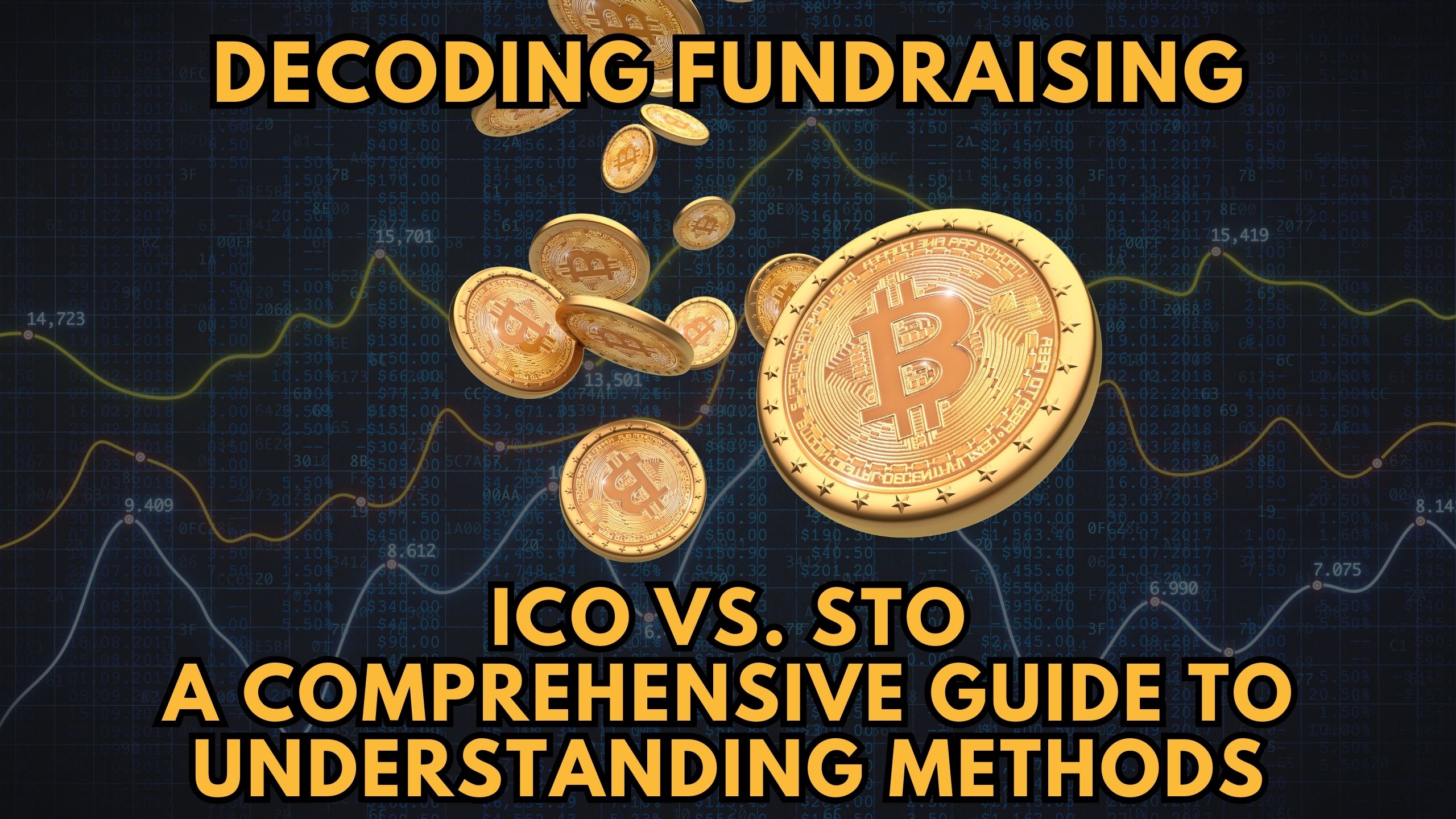Decoding Fundraising: ICO vs. STO – A Comprehensive Guide to Understanding Methods
- Crypto


Decoding Fundraising: ICO vs. STO – A Comprehensive Guide to Understanding Methods
Fundraising is vital for organizations to fuel growth plans, especially in the early stages. While traditional financing routes like VC funding and bank loans are common, modern blockchain-based models like ICOs and STOs are gaining traction. This guide dives into the key differences between ICO vs STO to determine the best approach for your needs.
Demystifying ICOs
An Initial Coin Offering (ICO) is a blockchain-powered way to crowdfund a cryptocurrency project by selling tokens in exchange for other major cryptocurrencies or fiat money.
In an ICO campaign, the project developers mint tokens on their blockchain which participants can purchase during the sale period. These tokens typically provide future access to the project’s products/services upon launch. Additionally, token holders may have certain rights like voting powers or profit sharing.
For example, Filecoin raised $257 million via their ICO by selling tokens to decentralize data storage. Investors who bought the tokens can now use Filecoin’s storage system and influence network developments.
Understanding STOs
A Security Token Offering (STO) also utilizes blockchain to sell tokenized securities, which are digital assets deriving value from an external tradable asset. These security tokens represent ownership of real-world financial assets like company shares, bonds, real estate, etc.
For instance, American real estate firm Red Swan CRE tokenizes property investments into STOs. Participants can purchase security tokens on blockchain to fund projects and own shares of the assets. Token holders receive rental income and capital returns accordingly.
So while ICOs deal with utility tokens funding projects still in progress, STOs involve asset-backed security tokens with clear valuation. STOs are also more regulated to protect investors.
Key Differences Impacting Your Choice
Consider these key distinctions when determining if an ICO or STO better suits your fundraising needs:
Regulation – ICOs have limited regulations compared to the strict requirements around SEC-compliant STOs to validate investor accreditation.
Token Function – Utility tokens via ICOs mainly provide network access, while security tokens in STOs offer ownership/dividends.
Risk Profile – ICOs tend to be riskier with project execution uncertainties, whereas STOs expose you to asset-based risks.
Key Takeaway – Leverage your risk appetite, desired tokens, and target participants to choose your ideal funding mechanism.
Mapping Your Path Forward
In summary, ICOs allow you to raise funds by selling access tokens to innovative products yet to launch, while STOs involve issuing security tokens with profits/ownership attached. Evaluate your cryptocurrency project’s state, legal compliance needs, risk levels, and investor profiles while selecting the ideal blockchain fundraising platform.
Tools like PrimeBlock also help securely launch and manage token offerings seamless end-to-end. Assemble your dream team to manifest your vision using optimal funding methods!
Unlock Secret Deals and Save Big
Unlock free member-only deals with our platform. Sign up for free today to unlock savings on 100+ SaaS tools, and start enjoying perks totaling savings of $100,000+ per year. Your secret deals are just a click away!
Relevant Links:





